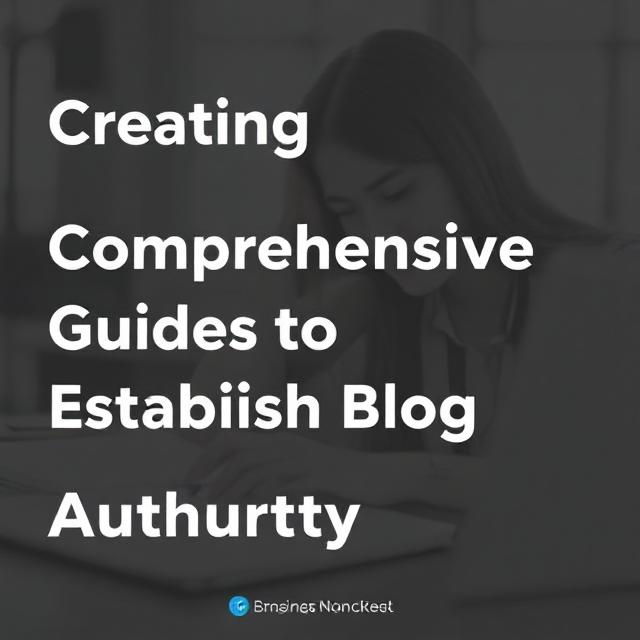
In the competitive world of blogging, comprehensive guides play a crucial role in building authority, trust, and credibility. A well-researched, in-depth guide not only ranks higher on search engines but also keeps readers engaged and positions you as an expert in your niche.
Why Comprehensive Guides Matter
✔ Higher SEO Rankings – Long-form, detailed content performs well on Google.
✔ Increased Engagement – Readers stay longer on your site, reducing bounce rates.
✔ More Backlinks & Shares – Well-structured guides attract links from other websites.
✔ Builds Authority – Establishes your blog as a go-to resource in your niche.
How to Create a Comprehensive Guide
1. Choose a High-Impact Topic
- Focus on evergreen topics that remain relevant over time.
- Research popular keywords using tools like Ahrefs, SEMrush, or Google Keyword Planner.
- Look at common questions people ask on platforms like Reddit, Quora, and forums.
Example Topics:
✔ “The Ultimate Guide to SEO in 2025”
✔ “A Beginner’s Guide to Affiliate Marketing”
✔ “Mastering Email Marketing: Everything You Need to Know”
2. Structure Your Guide for Readability
- Use clear headings (H2, H3, H4) for easy navigation.
- Break content into short paragraphs, bullet points, and lists.
- Add a table of contents at the beginning for quick access.
Example Outline:
✅ Introduction
✅ Section 1: What is [Topic]?
✅ Section 2: Why is it Important?
✅ Section 3: Step-by-Step Guide
✅ Section 4: Common Mistakes to Avoid
✅ Section 5: Tools & Resources
✅ Conclusion
3. Provide Actionable & In-Depth Information
- Go beyond basic explanations—provide examples, case studies, and expert insights.
- Include real-world applications, statistics, and trends to support your claims.
- Use infographics, charts, and images to simplify complex information.
4. Optimize for SEO & Featured Snippets
- Use long-tail keywords naturally throughout the content.
- Answer common questions in short, precise snippets (great for Google’s featured results).
- Add internal links to related blog posts for better navigation.
5. Keep It Engaging & Interactive
- Use a conversational tone to make complex topics easy to understand.
- Add interactive elements like quizzes, checklists, or downloadable PDFs.
- Encourage comments and discussions to boost engagement.
6. Update & Repurpose Content Regularly
- Refresh outdated stats and add new insights periodically.
- Turn your guide into videos, infographics, or social media posts to reach a wider audience.
- Convert the guide into a downloadable eBook or lead magnet to grow your email list.
